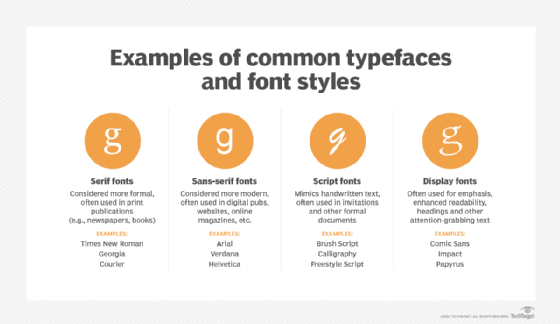Portable Document Format (PDF)
What is Portable Document Format (PDF)?
Portable Document Format (PDF) is a file format that has captured all the elements of a printed document as an electronic image that users can view, navigate, print or forward to someone else.
However, PDF files are more than images of documents. Files can embed type fonts so that they're available at any viewing location. They can also include interactive elements, such as buttons for forms entry and for triggering sound or video.

How are PDFs created?
PDF files are created using tools such as Adobe Acrobat or other software that can save documents in PDF.
To view saved PDF files, users need either the full Acrobat program, which is not free, or a less expensive program, such as Adobe Reader, which is available for free from Adobe. PDF files can also be viewed in most web browsers.
A PDF file contains one or more page images, each of which users can zoom in on or out from. They can also scroll backward and forward through the pages of a PDF.
What are the use cases for PDF documents?
Some situations in which PDF files are desirable are the following:
- When users want to preserve the original formatting of a document. For example, if they created a resume using a word processing program and saved it as a PDF, the recipient sees the same fonts and layout that the sender used, for example.
- When users want to send a document electronically but be sure that the recipient sees it exactly as the sender intended it to look.
- When a user wants to create a document that cannot be easily edited. For example, if they wanted to send someone a contract but didn't want them to change it, the creator could save it as a PDF.
What are the benefits of using PDF?
PDF files are useful for documents such as magazine articles, product brochures or flyers, in which the creator wants to preserve the original graphic appearance online.
PDFs are also useful for documents that are downloaded and printed, such as resumes, contracts and application forms.
PDFs also support embedding digital signatures in documents for authenticating the integrity of a digital document.
What are the disadvantages of PDFs?
The main disadvantage of PDFs is that they are not editable. If an individual needs to change a document after it has been saved as a PDF, they must return to the original program used to create it and make the changes there. Then, they need to resave the new PDF image.
Another disadvantage is that some older versions of software cannot read PDFs. In order to open a PDF, recipients must have a PDF reader installed on their computer.
Are there security risks associated with PDFs?
PDFs can contain viruses, so it's important to be sure that recipients trust the source of any PDF files they download. In addition, PDFs can be password-protected so that anyone who tries to open the file needs a password in order to access it.
Can PDFs be converted to other formats?
PDF files can be converted to other file formats, such as Microsoft Word, Excel or image formats, such as JPG. However, the format of the original document may not be perfectly preserved in the conversion process.
See also: enterprise document management, document lifecycle, document sanitization, working draft and document-oriented database.
